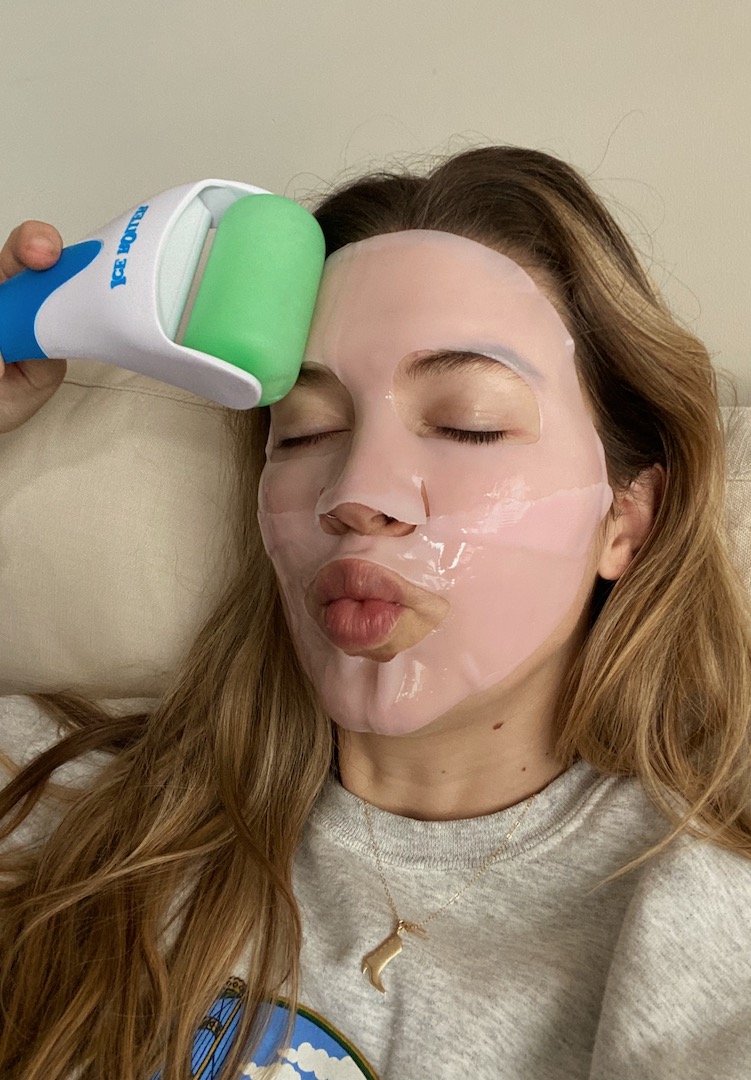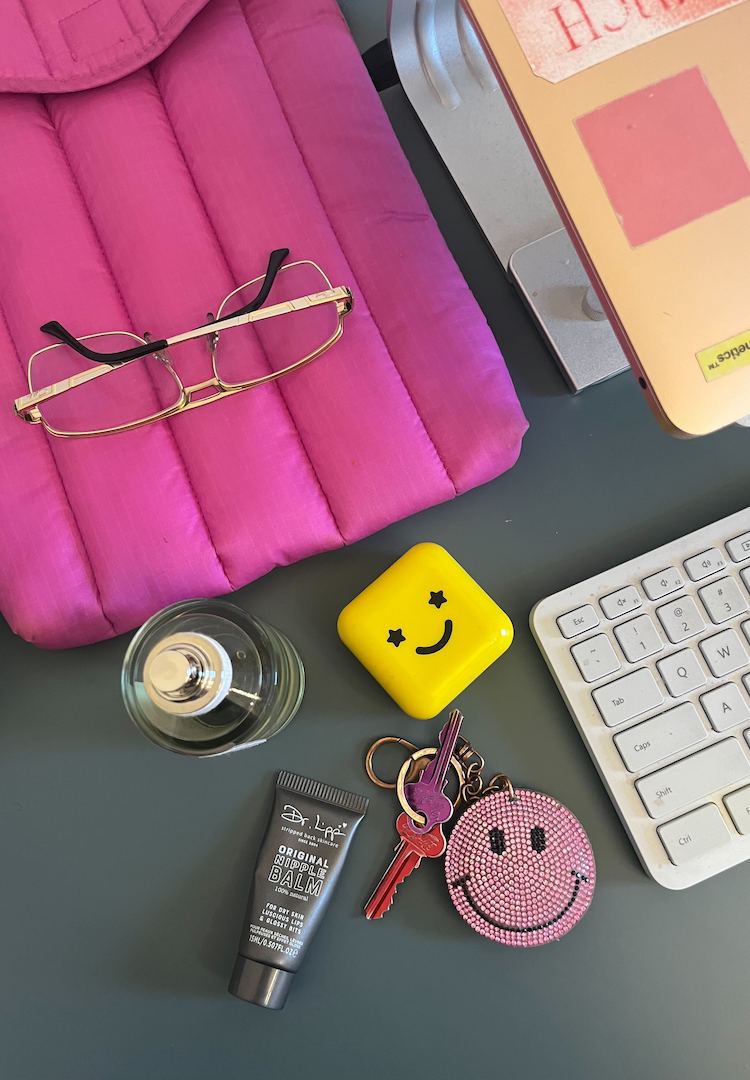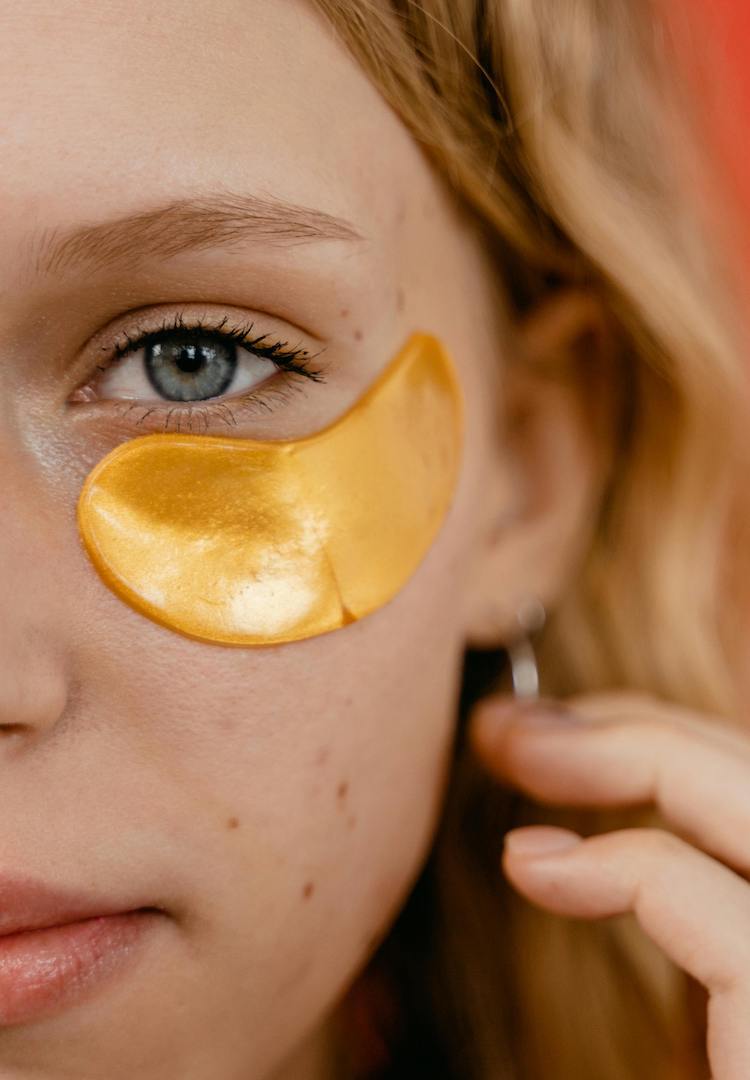Can vitamin C and retinol be used together? I asked an expert
WORDS BY CAROLINA MATEUS
For an irritation-free skincare routine.
Retinol and vitamin C are two powerful skincare ingredients that you’ve likely heard about – and maybe even considered introducing into your beauty routine. But can you use them at the same time, or will the combination do more damage than good for your complexion?
We like nosy people. Don’t be shy, head to our Beauty section for more.
According to Dr Lauren Thomas, a doctor at Software, you can use vitamin C and retinol concurrently – but there is a caveat. Below, she breaks down both ingredients, their benefits and how you can use them together without irritation.
What makes us look older?
Both retinol and vitamin C are commonly used for their anti-ageing properties. So before Dr Lauren explains how each can work for your skin, it’s helpful to understand how aging signs typically manifest. “One prominent factor is the loss of elasticity and firmness due to decreased collagen and elastin production, leading to sagging and wrinkles, such as fine lines, crow’s feet, and deeper wrinkles,” she says.
“Uneven skin tone – characterised by age spots, sun spots, and broken capillaries – can also contribute to an aged look. Pores may become enlarged and more visible with age, further detracting from a smooth complexion. Dryness and dullness are common as skin cell turnover slows down, leading to a lacklustre appearance… [and] factors such as sun damage, smoking, pollution, poor diet and minimal sleep can exacerbate the visible signs of ageing.”
What is retinol and why should I use it?
“Retinol is a type of vitamin A derivative. It… can be bought off the internet and over the counter from beauty shops or pharmacies. Its ‘cousin’, retinoids, are the stronger prescription version,” Dr Lauren explains. “Retinol has a wide variety of applications and can be useful for the skin at different stages of life.
“As a derivative of vitamin A, retinol penetrates deep into the skin, stimulating collagen production and promoting cell turnover. This dual action not only enhances skin firmness and elasticity but also aids in reducing the appearance of pores, resulting in a smoother and more refined texture. [Also], retinol’s ability to accelerate cell renewal helps fade hyperpigmentation and evens out skin tone, leaving behind a luminous and youthful glow.”
What is vitamin C and why should I use it?
Vitamin C is an antioxidant that can be found in foods like oranges, berries and broccoli. In skincare, there are a few different types of vitamin C that are commonly used. “Ascorbic acid is one of the most common types – and for a good reason. It is the most effective form, and you can find it in Software’s Vitamin C and Ferulic Acid Serum. Being an antioxidant, vitamin C neutralises free radicals (nasties from sun exposure and air pollution) which can result in a dull and ageing complexion,” says Dr Lauren.
But do I need both?
“You may have noticed that the benefits of vitamin C and retinol are largely similar. However, they achieve this through different pathways. As a result, if you are using one of them, you will notice an improvement in your skin tone and overall complexion. However, once combined, the effects will be greater,” Dr Lauren explains.
“With so many skincare products now available on the market, it can be difficult to know exactly what you need. A good starting point is to remember the ‘ABCs’ of skincare,” she recommends.
“‘A’ stands for vitamin A derivative (or azelaic acid for those who are pregnant, breastfeeding or have skin that is too sensitive to tolerate retinol). ‘B’ stands for niacinamide (vitamin B3), which is another powerhouse ingredient with a variety of anti-ageing and other benefits and is well tolerated by the majority of skin types. ‘C’ stands for vitamin C or other antioxidant ingredient.”
How can I use them together?
Both vitamin C and retinol can be quite delicate ingredients, despite having such powerful effects on the skin. When used at the same time, they may alter the pH balance, rendering one or even both ineffective. They can also cause irritation, which is why Dr Lauren recommends a low and slow approach.
“Start out with a retinol first and once your skin has adjusted, introduce the vitamin C approximately six weeks later. Incorporating both into your routine means they must be used at separate times. For most that would mean applying vitamin C in the morning and then retinol in the evening… [or] vitamin C and retinol on alternating nights,” she explains.
“Retinols are, by default, applied in the evening, as they can cause sun sensitivity during the day. Vitamin C can be applied either morning or night, though it may have more chances to neutralise free radical damage during the day.”
While vitamin C and retinol help reduce ageing signs, prevention is always better than treatment. Be sure to take good care of your skin, no matter how many wrinkles or fine lines you see. And don’t forget to apply your SPF every morning – rain, hail or shine.
For more on using vitamin C and retinol together, head here.










